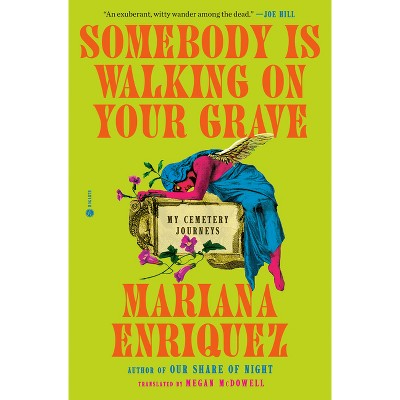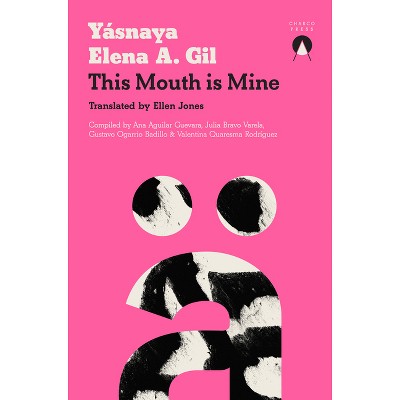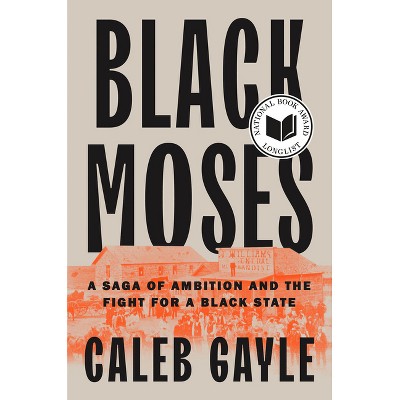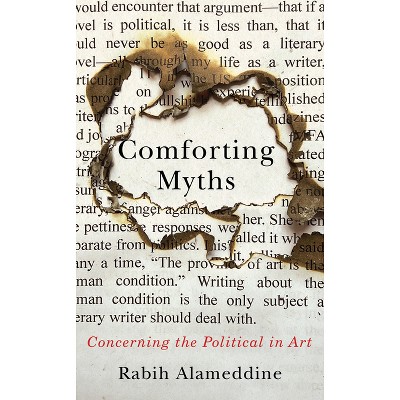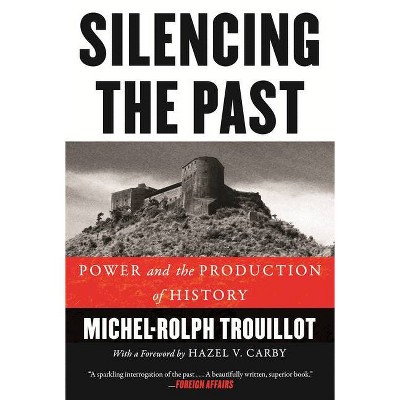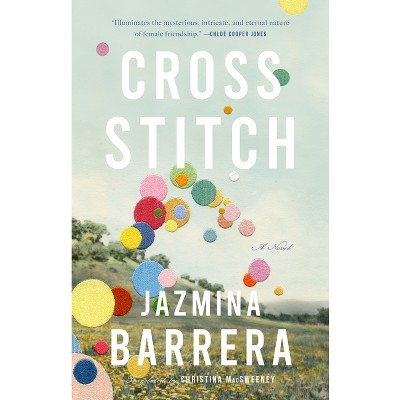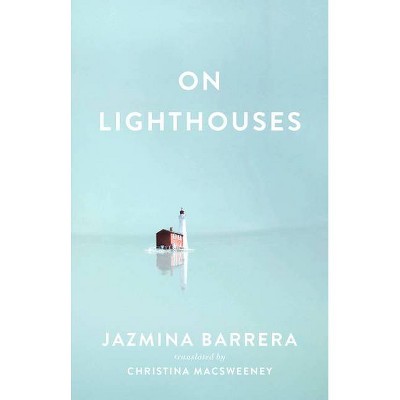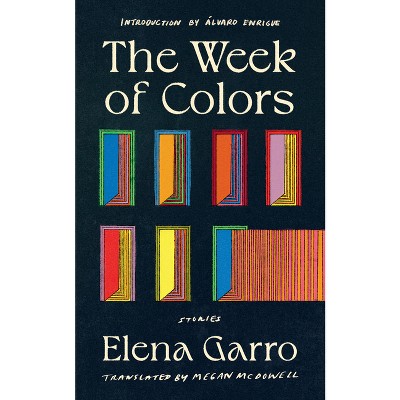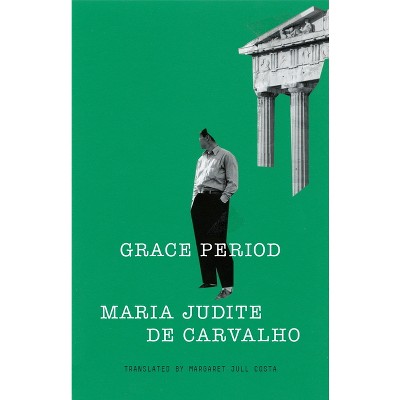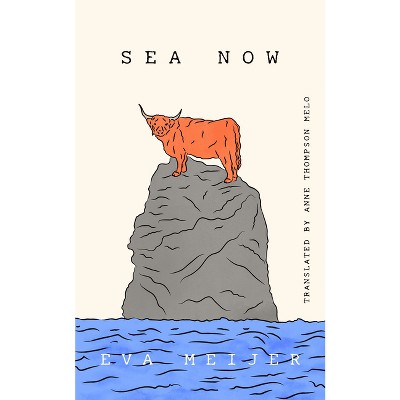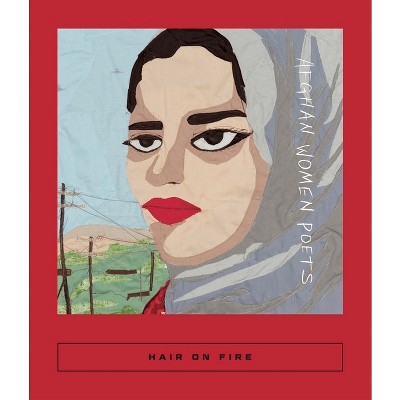Sponsored

The Queen of Swords - by Jazmina Barrera (Hardcover)
In Stock
Sponsored
About this item
Highlights
- In what was at first meant to be a short essay about the influential Mexican writer Elena Garro (1916-1988), Jazmina Barrera's deep curiosity and exploration give us a singular portrait of a complex life.Sifting through the writer's archives at Princeton, Barrera is repeatedly thwarted in her attempt to fully know her subject.
- Author(s): Jazmina Barrera
- 264 Pages
- Biography + Autobiography, Literary Figures
Description
About the Book
"Originally published as: La reina de espadas"--Title page verso.Book Synopsis
In what was at first meant to be a short essay about the influential Mexican writer Elena Garro (1916-1988), Jazmina Barrera's deep curiosity and exploration give us a singular portrait of a complex life.Sifting through the writer's archives at Princeton, Barrera is repeatedly thwarted in her attempt to fully know her subject. Traditional means of research--the correspondence, photos, and books--serve only to complicate and cloud the woman and her work.Who was Elena Garro, really?She was a writer, a founder of "magical realism," a dancer. A devotee to the tarot and theI Ching. A socialite and activist on behalf of indigenous Mexicans. She was a mother and a lover who repeatedly shook off (and cheated on) her manipulative husband, Nobel-laureate Octavio Paz. And above all, she wrote with simmering anger and glittering imagination.The Queen of Swords is a portrait of a woman that also serves as an alternative history of Mexico City; a cry-out for justice; and an homage to the unknowable. It transcends mere biography, supplanting something tidy and authoritative for a sprawling experiment in understanding.Review Quotes
Longlisted for the National Book Award
Indie Next Pick
"A prismatic portrait of an elusive woman."--Kirkus
"Barrera's poetic and searching prose, her description of the experience of doing archival research, her comfort with her own uncertainty around the very facts of Elena's life--together articulated loving an artist from a different time better than any other book I've read. . . . The clarity of Barrera's fascinations inspires me to love even more completely than I already do. Her books teach me how to love and how to live with loss. I loved it I loved it I loved it!"--Ellis Breunig, Page 2 Books
"Needlework is often depicted as a peaceful activity: feminine, unthreatening, decorative. Yet in Jazmina Barrera's understated and lovely debut novel, Cross-Stitch, translated from the Spanish by Christina MacSweeney, embroidery is revealed to be as quietly brutal as young womanhood, despite the shroud of innocence society often places over both."--The New York Times
"Reflections on youth, the passage of time, and the meaning of female friendship....[Jazmina Barrera] blend[s] Sally Rooney-esque interpersonal chaos with a clean, graceful prose style."--Vogue
"Stitches, secrets, shame: When Jazmina Barrera's first novel translated into English, Cross-Stitch, hits shelves in November, read it. Barrera stitches a female coming-of-age story together with a feminist history and theory of embroidery, and it consumed my entire day."--Chicago Review of Books
Praise for Linea Nigra
"When interpreting pregnancy through art, no starting point is better than the musings of the Mexican writer Jazmina Barrera....To call [Linea Nigra] a memoir would be reductive--it includes so many references to fine art, literature, and history that it functions almost as an anthology or a masterfully curated museum of child-rearing." --The Atlantic
"Linea Nigra is a beautiful and lucid essay about the journey across motherhood seasons - pregnancy, childbirth, and first months of parenting. Far from mythologizing motherhood as an idealized state, Linea Nigra sheds light on the complex and contradictory nature of gestation: a state crossed by terrors, but also by hopes and love; a biological and spiritual mystery that concerns all human beings, as individuals and as a society." --Fernanda Melchor, The Guardian
"Clear-eyed and poetic...[A] generous, openhearted project inviting readers to discover what is often hidden away, unseen." --Los Angeles Review of Books
